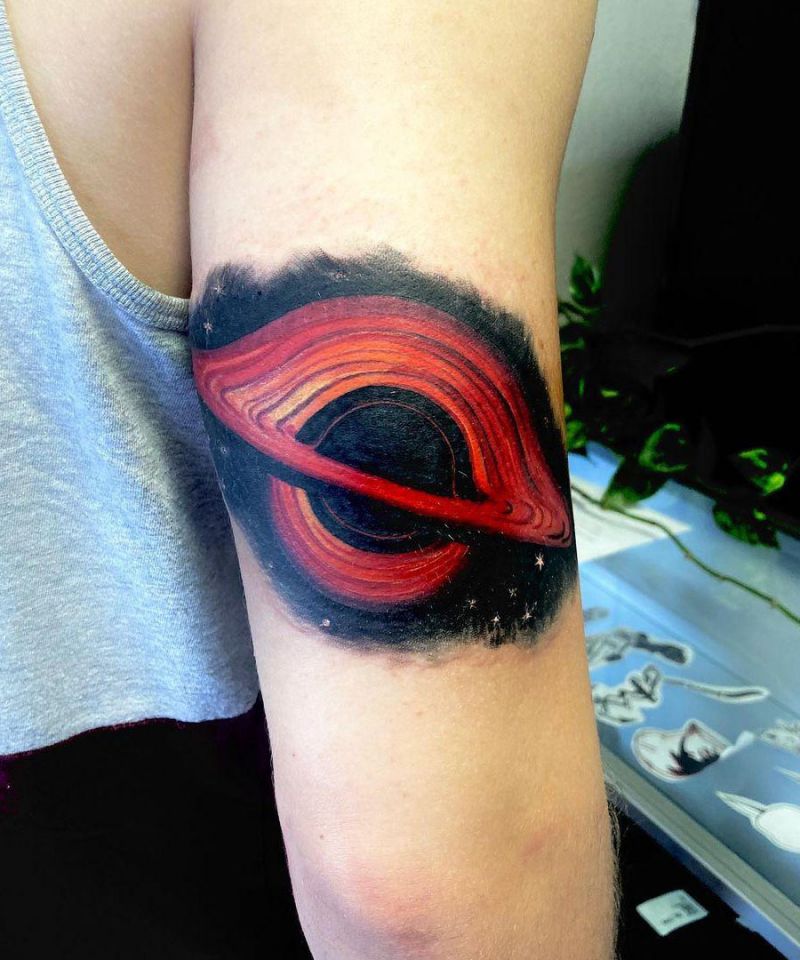Black holes cannot be observed directly, but their existence and mass can be known indirectly, and their influence on other things can be observed. X-rays and X-rays are emitted by the friction caused by the acceleration caused by the gravity of the black hole before the object is sucked in γ The "edge information" of rays can obtain the information of the existence of black holes. The existence of black holes can also be inferred from the indirect observation of the orbit of stars or interstellar clouds, as well as their position and mass.
The black hole is composed of a singular point in the center where the scalar polynomial constructed from the Riemannian curvature tensor tends to diverge and the surrounding space-time. Its boundary is a unidirectional membrane that can only enter and exit: the event horizon, which is invisible within the range of the event horizon. According to Einstein's general theory of relativity, when a dying star collapses, it will collapse to the center and become a black hole, swallowing all light and any matter in the adjacent universe.

Source: @pigmentinjector